I have cells containing duplicate values that i want to merge quickly. The table looks like this:
Sub MergeCells()
Application.DisplayAlerts = False
Dim n As Name
Dim fc As FormatCondition
Dim Rng As Range, R As Range
Dim lRow As Long
Dim I&, J&
Dim arr As Variant
ReDim arr(1 To 1) As Variant
With ThisWorkbook.Sheets("tst")
Set Rng = .Range("A2:D11")
lRow = Rng.End(xlDown).Row
For J = 1 To 4
For I = lRow To 2 Step -1 'last row to 2nd row
If Trim(UCase(.Cells(I, J))) = Trim(UCase(.Cells(I - 1, J))) Then
Set R = .Range(.Cells(I, J), .Cells(I - 1, J))
arr(UBound(arr)) = R.Address
ReDim Preserve arr(1 To UBound(arr) + 1)
End If
Next I
Next J
ReDim Preserve arr(1 To UBound(arr) - 1)
Set R = .Range(Join(arr, ","))
'MsgBox R.Areas.Count
'R.Select
'R.MergeCells = True
With R
.Merge
.HorizontalAlignment = xlCenter
.VerticalAlignment = xlCenter
End With
Stop
End With
Application.DisplayAlerts = True
End Sub
The duplicate cells ranges could be disjointed or non-adjacent cells. I want a way to quickly identify such duplicate ranges and merge them without using a For loop. [Don't know, but think there could be a fastest innovative way without loops probably using some combination of Excel array formulae and VBA code, to select and merge duplicate cell ranges.]
BTW the above code works fine till it shoots up the following error at line .Merge.
EDIT This is a snapshot of the Watch window showing the arr content as well as R.Address.
OUTPUT: Don't need any selections, this is just for demonstration purpose:
Output should look like this:
EDIT... Suppose the duplicate values were same across the rows? So only duplicate columns values to be merged. There has to be an quick, innovative way to do this merge.
